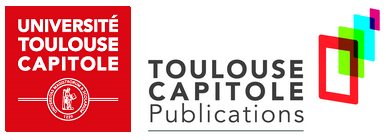Acemoglu, Daron , Bloom, Nicholas and Kerr, William R.
, Bloom, Nicholas and Kerr, William R. (2012)
Innovation, Reallocation and Growth.
(2012)
Innovation, Reallocation and Growth.
Preview |
Text
Download (486kB) | Preview |
Abstract
We build a model of firm-level innovation, productivity growth and reallocation featuringendogenous entry and exit. A key feature is the selection between high- and low-type firms,
which differ in terms of their innovative capacity. We estimate the parameters of the model using
detailed US Census micro data on firm-level output, R&D and patenting. The model provides
a good fit to the dynamics of firm entry and exit, output and R&D, and its implied elasticities
are in the ballpark of a range of micro estimates. We find industrial policy subsidizing either
the R&D or the continued operation of incumbents reduces growth and welfare. For example,
a subsidy to incumbent R&D equivalent to 5% of GDP reduces welfare by about 1.5% because
it deters entry of new high-type firms. On the contrary, substantial improvements (of the order
of 5% improvement in welfare) are possible if the continued operation of incumbents is taxed
while at the same time R&D by incumbents and new entrants is subsidized. This is because
of a strong selection effect: R&D resources (skilled labor) are inefficiently used by low-type
incumbent firms. Subsidies to incumbents encourage the survival and expansion of these firms
at the expense of potential high-type entrants. We show that optimal policy encourages the exit
of low-type firms and supports R&D by high-type incumbents and entry.
| Item Type: | Monograph (Working Paper) |
|---|---|
| Language: | English |
| Date: | July 2012 |
| Uncontrolled Keywords: | entry, growth, industrial policy, innovation, R&D, reallocation, selection |
| Subjects: | B- ECONOMIE ET FINANCE |
| Divisions: | TSE-R (Toulouse) |
| Site: | UT1 |
| Date Deposited: | 21 Sep 2015 13:09 |
| Last Modified: | 02 Apr 2021 15:49 |
| OAI Identifier: | oai:tse-fr.eu:29254 |
| URI: | https://publications.ut-capitole.fr/id/eprint/16879 |




 Tools
Tools Tools
Tools
